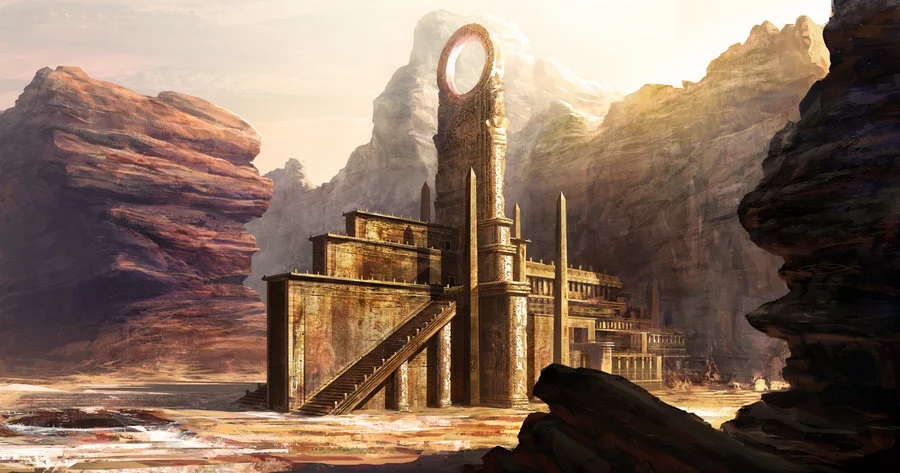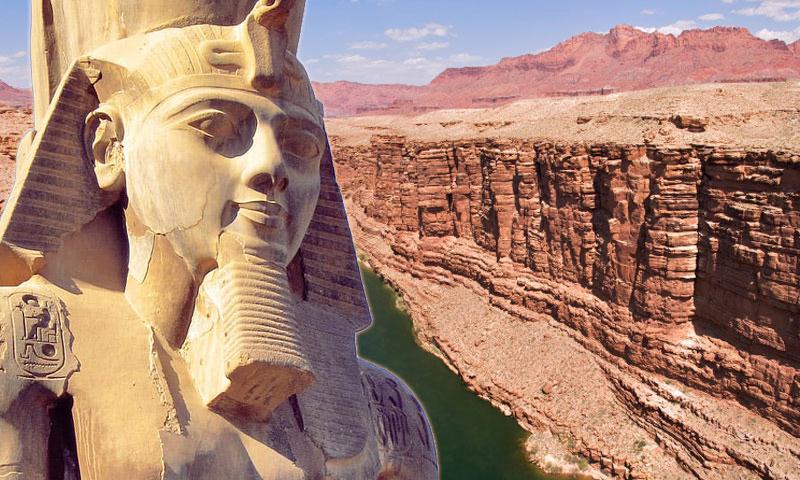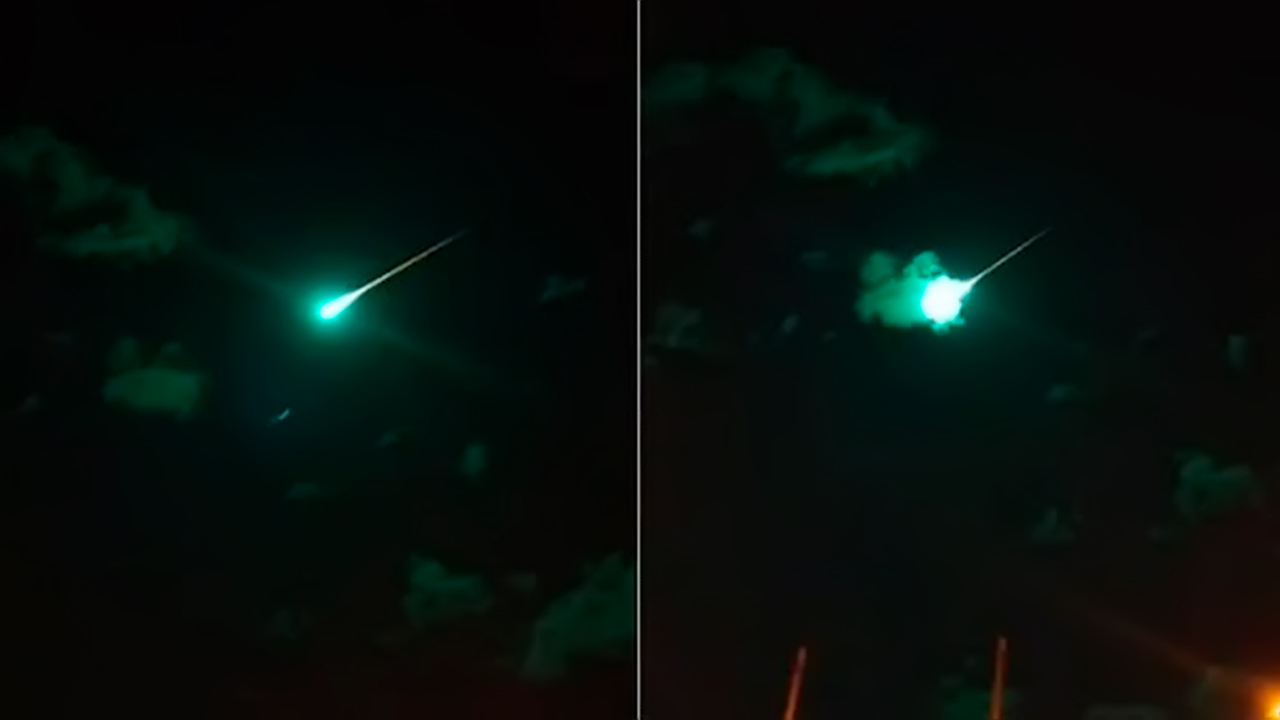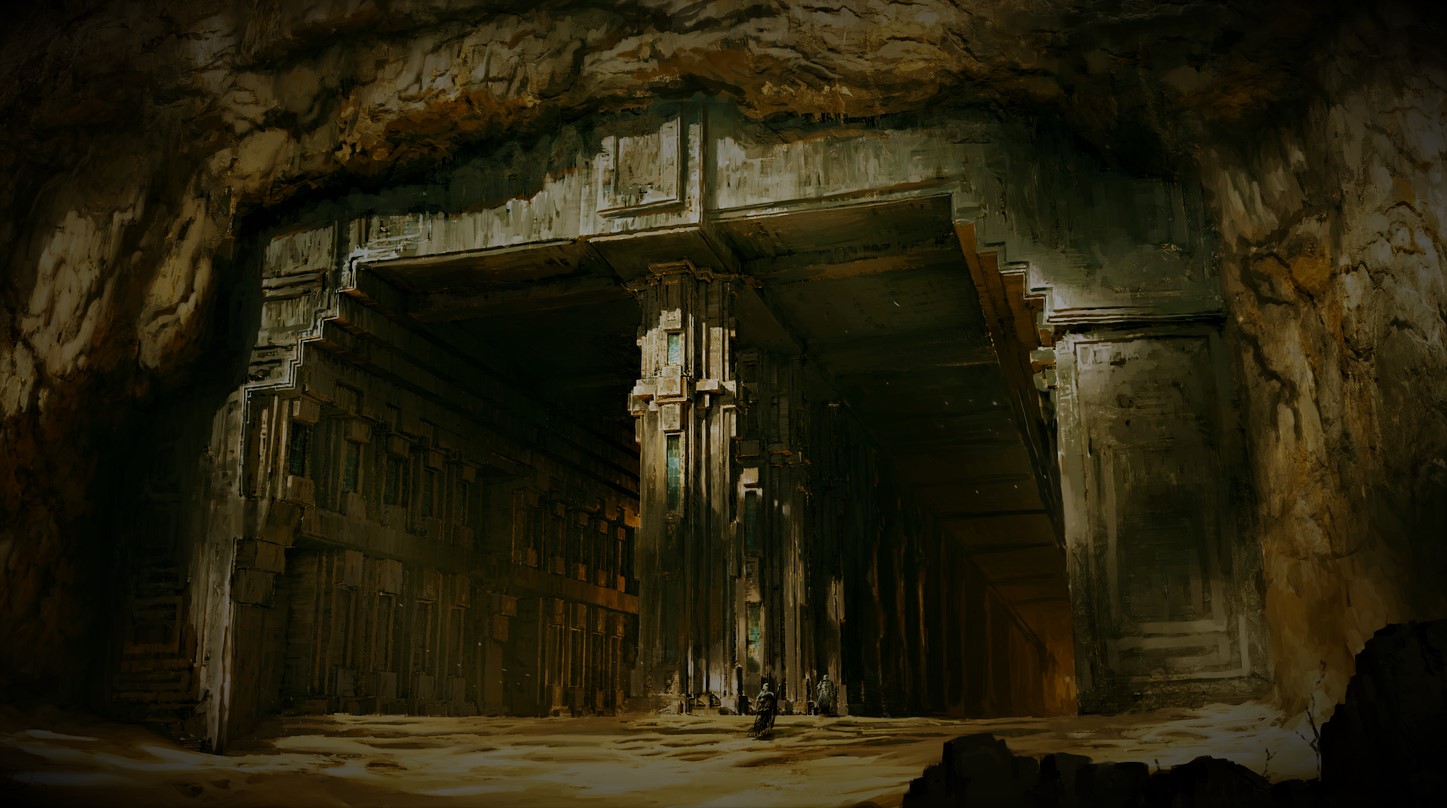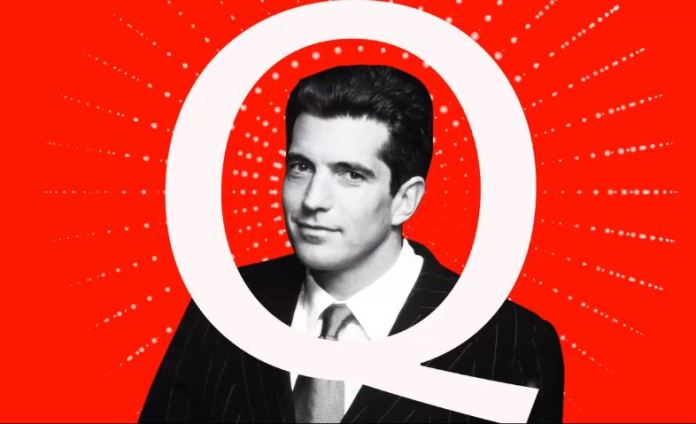Did the Egyptians cross the ocean to reach North America thousands of years ago? At the beginning of the 20th century, archaeologists funded by the Smithsonian Institution made such proclamations, claiming that they had discovered remains of an eastern civilization within a series of caves in the Grand Canyon, in northern Arizona, USA …
Is this story true? Did they really find something Egyptian? We discuss it in this article.
The story appeared on April 5, 1909 on the cover of the Arizona Gazette. There it was told about a series of strange caves and artifacts in the Marble Canyon section of the Grand Canyon, and that the authors of the discovery were a pair of archaeologists funded by the Smithsonian, Prof. S. A. Jordan and G.E. Kincaid.
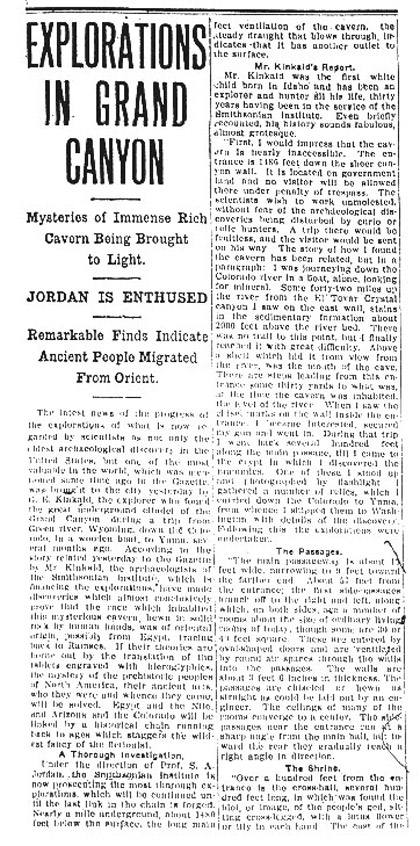
As read in the published note:
“The discoveries would conclusively prove that a race inhabited these mysterious caves, cut into solid rock by human hands, and that their origin was oriental, possibly from ancient Egypt in the time of Ramses. If this theory is confirmed by translating hieroglyphic-engraved tablets, the puzzle of the prehistoric people of North America, their ancient art, who they were and where they came from, will be solved. Egypt and the Nile, and Arizona and Colorado, would be linked by a historical chain that would extend to times that would baffle the most imaginative fictionist”.
Later in the same article a cross-legged Buddha-like idol is mentioned, along with a large tomb filled with mummified human remains; a true mix of Egyptian and oriental culture.
A dangerous region to explore
Although the remoteness of this area of the Grand Canyon of the Colorado makes it less accessible to travelers, private collector expeditions were not unusual. The aforementioned discovery site was only 67 kilometers from the El Tovar Crystal Canyon, and the article by Arizona Gazette it indicated that the entrance to the cavern was 458 meters below the ravine.
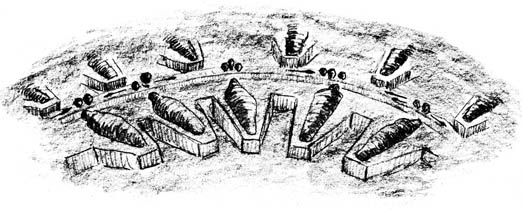
Certainly, the topography where these evidences of an ancient intercontinental connection would be found is more than striking, and the story behind it has caught the attention of several contemporary conspiracy theorists. John Rhodes, for example, claims to know exactly the location of these caves and that the site is guarded by the military, as it would be a “museum” for the dark elites. But not only that, the famous David Icke connects the discovery of Jordan and Kincaid with the reptilian world in his book The Biggest Secret (1999).
The establishment denies having knowledge
According to the Smithsonian’s Department of Anthropology, there are no records of Kincaid or a professor Jordan, nor any document detailing the artifacts collected during the alleged expedition. When asked about the matter, a spokesman for the institute said:
Well, the first thing I will say, before going further, is that there are no Egyptian artifacts of any kind that have ever been found in North or South America. Therefore, I can assure you that the Smithsonian Institute has never been involved in such excavations. “
However, conspiracy theorists argue that this institute went so far as to destroy the found artifacts to maintain its historical point of view. Examples of this type of cover-up include artificial plaster-walled mounds scattered throughout the American Midwest and a series of fire-carved coffins found in Alabama in 1892 that were brought to the Smithsonian never to be seen again.
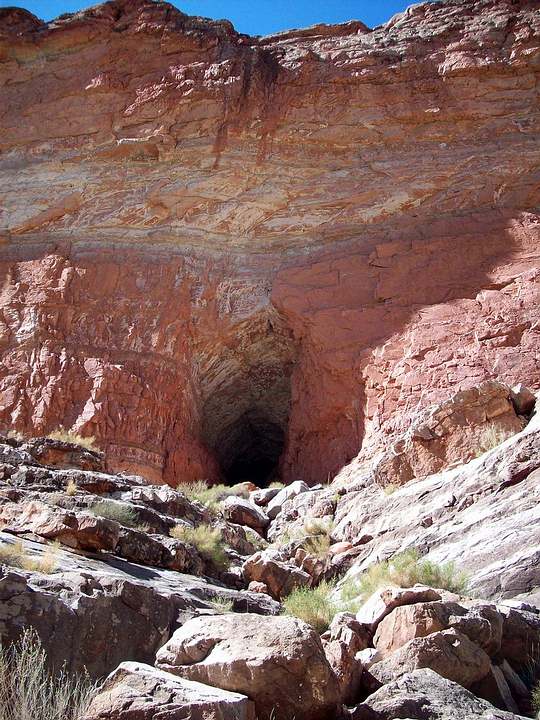
It is also worth remembering a series of anomalous skeletons found on Native American burial mounds and which could suggest the existence of a giants elite that inhabited the region.
And as for an ancient Egypt-America connection, although what the Smithsonian spokesman said is true, it would also be true that in Egypt mummies were found that had coca and tobacco bandages between their bandages, two products that could only come from South America …
Lack of evidence
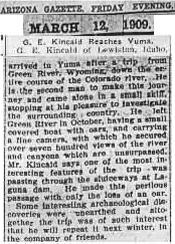
Everything makes it seem that the aforementioned archaeologists returned without artifacts or photos of their discovery, leaving the article by Arizona Gazette as the only evidence of the expedition. Also, outside of that, there is no data that even supports the existence of a professor Jordan, and the only extra reference to Kincaid is published in another article from March 12 in the same newspaper, where it is mentioned that he is in Yuma, Arizona. , and that he is an avid well-equipped photographer. The latter already raises a large red flag, because how is it possible that someone interested in photography did not record any graphic evidence of the alleged mummies or statues found?
One possibility is that Kincaid, had it existed, may have worked under a pseudonym. The newspaper mentions that he was on the hunt for “the ore,” a euphemism for gold. And it is that, in 1908, Theodore Roosevelt made the extraction of gold in the Grand Canyon an illegal activity, considering the area as a “national forest”. And perhaps, getting to the point, carrying a photographic equipment at the beginning of the last century was not something simple in a terrain as difficult as the one explored.
The other possibility is that the story is entirely an invention of some publisher of Arizona Gazette to sell more numbers or fill space in a day of little news.
Source: io9







